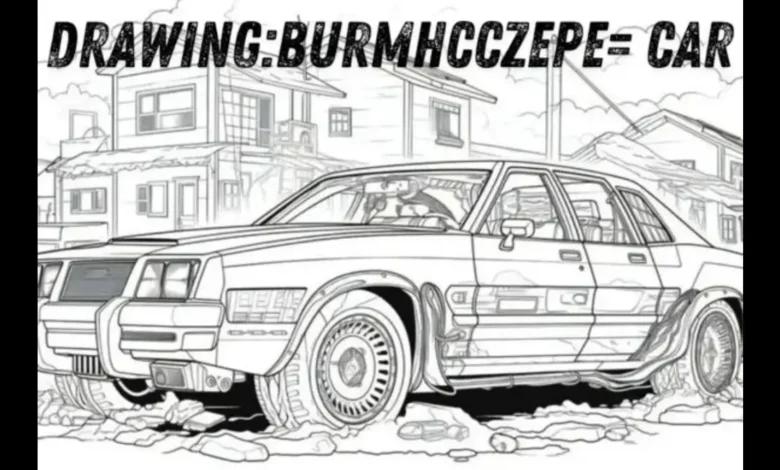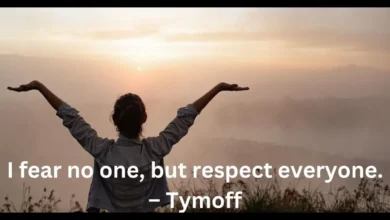Art Meets Auto: Exploring Different Styles in drawing:burmhcczepe= car

Introduction to the intersection of art and automobiles
The world of art and automobiles may seem like two separate realms, but they intersect in fascinating ways. Imagine the sleek curves of a car merging with the vibrant strokes of an artist’s brush. This unique fusion creates a canvas where mechanical engineering meets creative expression. From classic muscle cars to cutting-edge electric vehicles, each design tells a story that can inspire artists around the globe. Whether you’re an aspiring artist or simply passionate about cars, exploring different styles of drawing:burmhcczepe= car reveals endless possibilities for creativity and self-expression. Buckle up as we dive into this thrilling journey through automotive art!
The evolution of car design and how it has influenced art
Car design has undergone a remarkable transformation since the dawn of the automobile. From the simple lines of early models to today’s sleek and aerodynamic shapes, each era reflects advancements in technology and societal trends.
As cars evolved, so did their artistic representation. Early automotive drawing:burmhcczepe= car often highlighted mechanical components, showcasing raw power and innovation. Artists embraced these machines as symbols of freedom and progress.
In contemporary art, car design influences everything from sculpture to graphic novels. The curves and contours inspire fashion designers as much as they captivate industrial artists.
Automobiles have become canvases themselves; custom paint jobs turn vehicles into portable masterpieces that tell stories about individuality or cultural identity. This fusion blurs boundaries between utility and artistry, making every vehicle a potential work of art waiting to be explored.
Traditional techniques for drawing cars
Traditional techniques for drawing cars often begin with precise sketching. Artists typically start with basic shapes, laying down the framework of the vehicle. This step is crucial for capturing proportions and perspective accurately.
Pencil shading plays a significant role here as well. With varying pressure, artists create depth and dimension, bringing their sketches to life. Adding highlights can enhance the metallic sheen of car surfaces.
Inking is another vital technique. Using fine liners or brushes allows artists to define outlines and details sharply. The contrast between inked lines and shaded areas adds an engaging visual dynamic.
Watercolors might also come into play post-inking, offering a splash of color that evokes emotion in viewers. This blend of traditional methods creates rich textures while showcasing unique styles across different automotive designs. Each technique contributes distinctly to how we perceive vehicles on paper.
Modern approaches to drawing:burmhcczepe= car
Modern approaches to drawing:burmhcczepe= car cars have embraced a fusion of technology and creativity. Artists are now leveraging digital platforms like tablets and software to enhance their designs. This shift has opened new doors for experimentation.
One notable trend is the use of 3D modeling tools. These allow artists to visualize vehicles from multiple angles, creating more dynamic representations. The flexibility offered by these programs encourages innovation in form and detail.
Moreover, incorporating mixed media into car drawings adds depth and texture that traditional methods often lack. Artists might combine sketches with photographs or digital enhancements, generating unique visual narratives.
Social media plays a pivotal role too. Platforms such as Instagram showcase diverse styles, inspiring artists globally while fostering community engagement around automotive art.
This evolution emphasizes personal expression over strict realism, inviting enthusiasts to explore their interpretations of automobiles without boundaries or limitations.
Exploring different styles in car drawings: realistic, cartoon, abstract
drawing:burmhcczepe= car come in various styles, each with its own charm. Realistic illustrations capture every detail, from sleek curves to intricate designs. Artists meticulously study light and shadow to create lifelike representations.
On the other hand, cartoon-style drawing:burmhcczepe= car infuse character into cars. These playful renditions often exaggerate features for comedic effect. They bring a sense of fun and whimsy that appeals to all ages.
Abstract car art takes a different route entirely. It focuses on shapes, drawing:burmhcczepe= car colors, and forms rather than realism. This style allows artists to express emotions or concepts related to automobiles without adhering strictly to reality.
Each style offers unique insights into both the cars themselves and the artist’s perspective. Whether you’re drawn to precision or creativity, exploring these diverse approaches can inspire your own artistic journey in drawing:burmhcczepe=car.
The impact of technology on car illustration
Technology has transformed car illustration in remarkable ways. Digital tools enable artists to create stunning visuals with precision. Software like Adobe Illustrator and Procreate offers countless brushes and effects, enhancing creativity.
3D modeling software takes things a step further. Artists can visualize cars from every angle, providing depth that traditional methods often lack. This approach allows for intricate details that breathe life into designs.
Moreover, online platforms help share artwork instantly with a global audience. Social media showcases diverse styles and techniques, inspiring budding illustrators everywhere.
Virtual reality adds another layer of interactivity. Imagine stepping inside your drawing:burmhcczepe= car ! This immersive experience redefines how we connect with automotive art.
As technology continues to evolve, so too will the boundaries of car illustration, inviting fresh perspectives and innovative techniques across the industry.
Tips for beginners: tools and resources for learning how to draw cars
Starting your journey in drawing cars can be exciting. drawing:burmhcczepe= car The right tools make a significant difference. Invest in quality sketch pencils, ranging from H to B grades for varying line thickness and shading effects.
A good sketchbook is essential too. Choose one with thick paper that can handle erasing and layering techniques without tearing easily.
Online tutorials are invaluable resources. Websites like YouTube have countless videos tailored for beginners, guiding you step-by-step through the car drawing process.
Books on automotive design also provide insights into proportions and structure, enhancing your understanding of how vehicles are built.
Don’t forget about practice! Regularly sketching different vehicle types helps refine your skills over time. Join online forums or local art groups where you can share tips and gain feedback on your work.
How car drawing can be therapeutic and meditative
Drawing cars can be an incredibly calming experience. The rhythmic motion of sketching lines and curves allows for a flow state that quiets the mind.
As you focus on each detail—wheels, headlights, or the sleek silhouette—you find yourself immersed in creativity. This immersion often leads to a sense of peace.
The act of drawing:burmhcczepe= car is also meditative. It encourages mindfulness; every stroke requires attention and intention. You become attuned to your thoughts and feelings as they manifest on paper.
Many artists describe a release when pencil meets canvas, transforming stress into something tangible. Each completed car design brings satisfaction while providing an escape from daily pressures.
Whether you’re doodling in a notebook or working on detailed illustrations, car drawing:burmhcczepe= car becomes more than just art—it’s a personal retreat where imagination takes over and worries fade away.
Conclusion: the endless possibilities
The world of drawing:burmhcczepe= car is rich with potential and creativity. Each stroke of the pencil can bring a vehicle to life, reflecting personal style and artistic expression. It’s fascinating how art not only captures the essence of automobiles but also transforms them into visual narratives.
As you explore various techniques—whether it’s embracing realism or diving into abstract interpretations—you’ll discover unique ways to connect with your subject. The fusion between traditional skills and modern technology opens new pathways for innovation in car illustration.
For those just starting out, there are endless resources available that cater to all levels of expertise. Engaging with this craft can lead to therapeutic experiences as well; finding solace in lines and curves allows for meditation in motion.
Each drawing:burmhcczepe= car session unfolds like an open road, full of possibilities waiting to be explored. Whether you’re aiming for precision or letting your imagination drive free, every artist contributes their voice to this vibrant intersection where art meets auto. Embrace the journey ahead; after all, the canvas awaits your next masterpiece.





